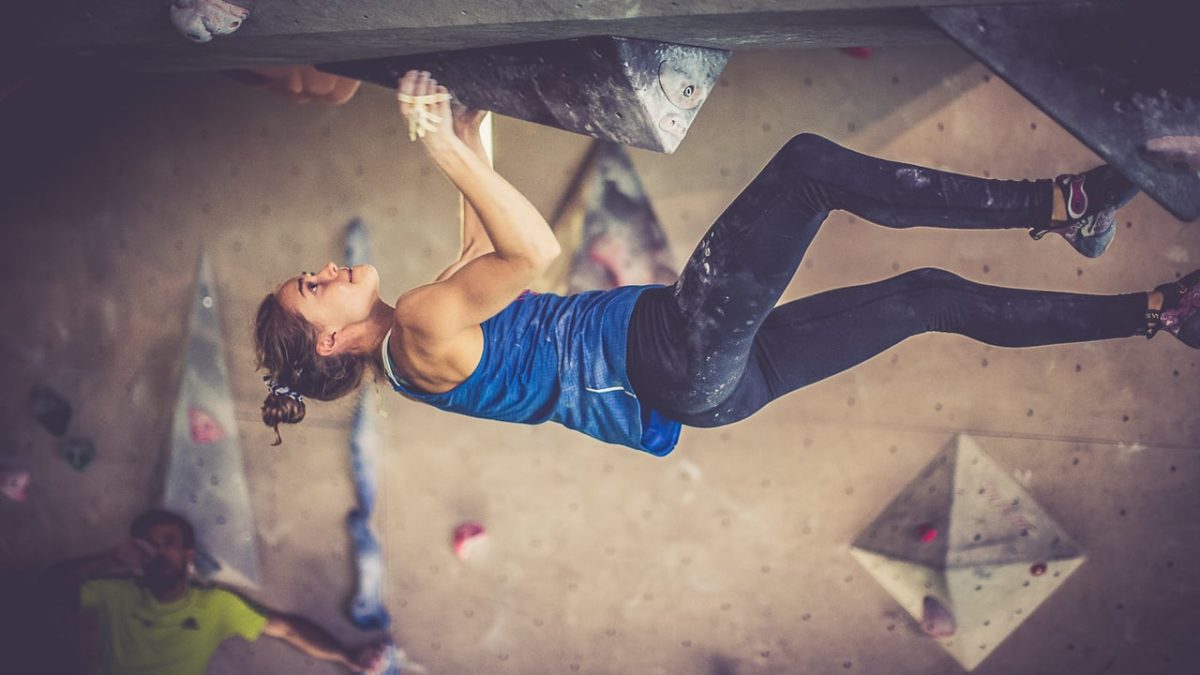Five Tips for Climbing Harder this Season
Get stronger this spring with these training tips

As we transition from winter to spring, there’s still plenty of indoor training days left to improve your skills for this rock season. There a million-and-one ways to train for climbing but here are five exercises guaranteed to improve your climbing and your fitness. Form is essential in every workout and a person should never train to the point of injury.
Pull-ups
We know, we can already hear the groans, but if it is good enough for Jerry Moffatt it is good enough for us. Pull-ups are one of the core exercise of climbing. The goal should be to accomplish 10 sets of 10 pull-ups, eventually.
This is exceptionally hard, but those values can be reduced to 20 sets of five pull-ups, and have a similar effect. For the experienced, weighted pull-ups change the game. Form is crucial however, and the goal should be to train at a three to five rep max. Being able to pull really hard once is not important in climbing. A climber needs to be able to try a move multiple times. One rep max pulls can also increase the risk of elbow tendinitis.
Push-ups
Triceps? But why? As you climb and pull and climb and pull, your biceps become stronger and stronger and stronger. Eventually, they become so strong, that they are significantly stronger than your triceps. As such, an imbalance is created in the arm, allowing for increased risk of tendinitis. Stay safe, do as many push-ups as you do pull-ups in a session.
Leg-lifts
We’re including both leg-lifts and windshield wipers in this one. There are lots of core workouts in the world, but think of doing this one to improve your core strength. Core is fundamental to rock climbing. Often, when a climber reaches a plateau, an exceptionally strong core can be enough to push them to the next level. Unless you are a campus-board-crusher, keeping your feet on the wall is essential to progressing in the sport. Whether you are improving lateral strength with windshield wipers or vertical strength with hanging leg-lifts, foot mobility is a game changer in terms of climbing.
Four-by-Fours
Perhaps the most gruelling of the workouts listed, four-by-fours offer many benefits to a climber. Firstly, the workout is split between four boulders, each to be completed four times, without any rest between any of the boulders. This makes for a total of sixteen boulder problems.
The benefits of this exercise are encompassed in its nature. It is a power-endurance exercise. Power-endurance is crucial as it allows a climber to burn on their projects, at their limit, for longer. This makes it easier to send boulders or routes. Additionally, four-by-fours allow the climber to dial beta quickly, a useful skill to hone for projects. Hard climbs require precise movements. Finally, it forces the climber to climb a lot of boulders, one of the most essential training tips around. The more moves a person tries, the better they can be.
Board Climbing
Whether making moves on a MoonBoard, systems board, or Tension Board this sort of training is perhaps the most useful for three move boulder problems or sixty move sport rotes. Board climbing forces the climber to engage the hold with their forearms, strengthening their grip strength all the while.
Many new climbers are often intimidated by such training tools, but board climbing is perhaps the easiest way to make long-term strength gains quickly. It will feel impossibly difficult at first, but perseverance on a forty-degree angle makes for a strong set of fingers, a crushing core, and brutal biceps.


